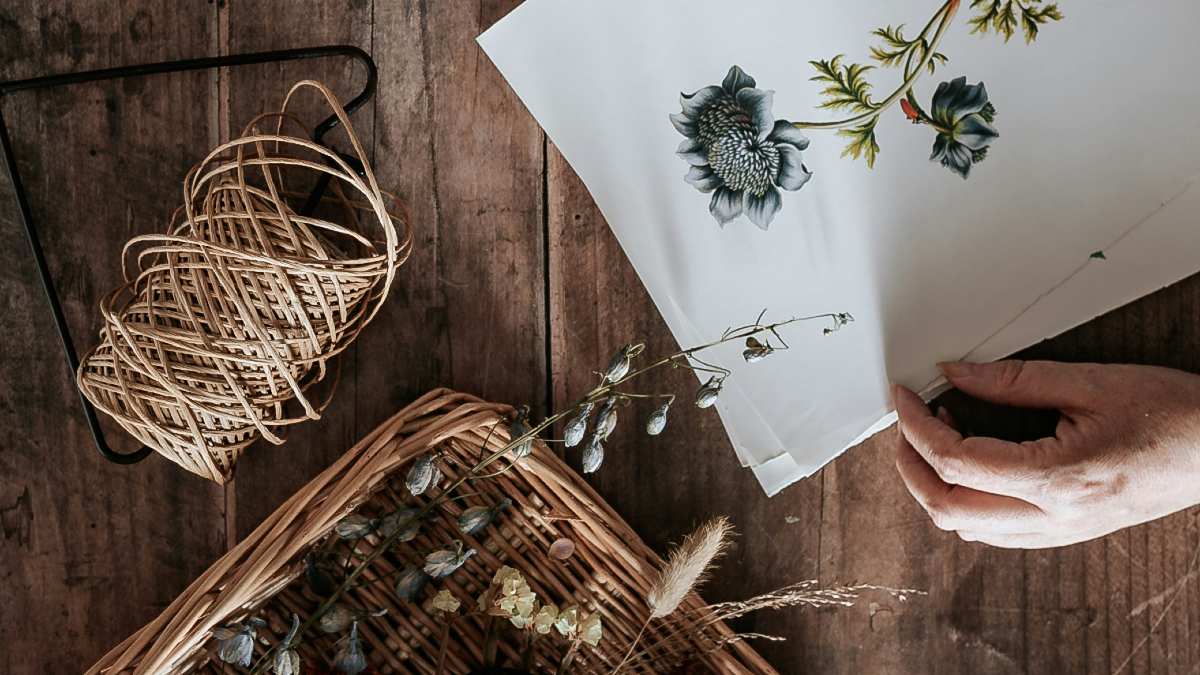
3 Reasons Why The 'Troubled Artist Trope' Doesn't Have To Be A Creative's Reality
Research reveals that good art doesn't have to come from a place of loneliness. Here's how collaboration can serve as a catalyst for creatives.

By Mark Travers, Ph.D. | June 07, 2024
Everyone is familiar with the "troubled artist" trope—the pervasive idea that an artist's sadness or loneliness fuels their creativity. While the romantic notion that true artists need to isolate themselves from the world may be ingrained in popular culture, this is not as conducive to creativity as many might assume.
In fact, there is sufficient scientific evidence pointing to a different reality: creativity often thrives through collaboration. Here are three psychological findings that explain why the key to creativity lies not in solitude, but rather in partnership.
1. Collaboration Breeds A Breadth Of Creative Ideas
Collaboration—whether it's among colleagues, friends or any group of creatives—allows artists to tap into a wider breadth of creative ideas than they would by pursuing their creative endeavors alone. When people come together, they bring unique perspectives, experiences and skills to the table; each individual enriches the creative process, which in turn sparks an abundance of unique, unforeseen possibilities—ones that may not have been realized in isolation.
Research from Procedia - Social and Behavioral Sciences suggests that creativity can be significantly enhanced through social interaction and collaboration. By working alongside other creatives, artists can benefit from an expansive integration of diverse perspectives, skills and ideas. This amalgamation of inputs can lead to a wide range of creative ideas and innovations.
"If done in a safe, social setting, ideas can bounce off and build upon each other," says Oli Strong, the Chief Operating Officer of Magma—a browser-based art collaboration platform that allows multiple users to draw on the same canvas simultaneously. "Having more individuals can lead to the generation of more ideas, provided everyone has equal opportunities," he explains.
Magma and similar platforms like HelloPaint, BoardMix and FlockMod simplify and enhance the collaborative process, allowing artists from around the globe to connect and create together in real-time. By dismantling the barriers of distance, these platforms empower artists to collectively nurture and expand their craft, propelling the art world into a new era of innovation and interconnectivity.
2. Teamwork Leads To Greater Productivity—Even In Creative Endeavors
Ample research suggests that individual productivity is significantly boosted as the number of collaborators within a team grows. While this phenomenon may seem more applicable to fields traditionally associated with teamwork—such as business or science—its benefits extend equally to the arts. Contrary to the notion of the solitary artist toiling away in isolation, collaboration offers a pathway to heightened productivity for artists.
Teamwork among creatives enables the execution of multiple creative visions—whether they are shared or individual—far more effectively. By pooling together resources, ideas and expertise, collaborators can identify synergies and complement each other's strengths.
Collaboration can boost productivity by allowing creatives to jointly overcome common barriers like creative blocks or technical limitations. Through support, encouragement and feedback, creative collaborators can breeze through challenges more efficiently, while also keeping the creative process flowing smoothly.
Collaboration allows creatives to leverage their strongest specialized skills within a team setting. In a diverse group of individuals with complementary talents, collaborators can allocate tasks according to each member's expertise, accelerating the completion of projects. As explained by Strong, "If individuals specialize in specific areas, they could take charge of certain aspects and execute them faster."
For example, in a team where one member excels in conceptual thinking and another in technical skills, their collaboration on a project using computer-aided design tools can produce outcomes that neither could achieve alone.
In this way, collaboration not only expedites time-sensitive endeavors, but also ensures that each team member contributes in meaningful ways that satisfy both the collective goals of the team and the individual aspirations of each collaborator.
3. Collaboration Pushes The Envelope When It Comes To Inspiration
Collaboration is not only a source of diversity and productivity but, most importantly to creatives, it can be a wellspring of inspiration and motivation. Research increasingly leans toward the idea that creativity is a social phenomenon—influenced by interactions with others. In this light, the presence of others can propel creatives to new heights of imagination and innovation.
Given this socially derived aspect of creativity, studies show collaboration to be a powerful motivator for creatives. The mere knowledge that others are working alongside them and observing their progress can inspire creatives to perform at a higher level of effort—not only for their own sake, but also for the collective goals of the team. A shared sense of purpose sparks a collaborative spirit, where each member feels accountable to contribute their best, driving the entire team toward greater achievements.
Moreover, when the collaborative space is "psychologically safe"—where colleagues feel secure and supported in their endeavors—it becomes a breeding ground for daring creativity. In such an environment, collaborators feel emboldened to take risks and explore far-fetched ideas without fear of judgment or ridicule. This freedom to experiment and innovate without constraints is essential for pushing the boundaries of creative expression and driving meaningful change in the artistic landscape.
So, while some lonely, troubled artists may indeed create great work in solitude, understand that isolation isn't a prerequisite for creativity—it's a choice. It's time to turn the page on the solitary artist myth. Embrace the diversity, synergy and inspiration that come from working with others and watch as new doors of creative opportunity swing wide open.
A similar version of this article can also be found on Forbes.com, here.
